In bankruptcy since late 1977, the Milwaukee Road elected in 1980 to slim the railroad down to what they hoped to be an economically viable core in the upper Midwest. Eliminated from the system was their hard-won Pacific Extension, completed in 1909. Placed up for sale to other railroads, only a few short segments of the Pacific Extension were deemed useful, the rest was scrapped out.

Most of the line segments that survived were bits of terminal trackage and branch-lines with viable shippers, thus the mainline was essentially abandoned in its entirety except for a few segments that were sold to new short-lines. Oddly one major piece remained: the line over Snoqualmie Pass in Washington’s Cascade Range.
This, one of the most spectacular mountain crossings in North America, was purchased by Burlington Northern in 1980. Some 50 miles in length, it reached from Maple Valley, Washington eastward to near Easton, WA. There, Burlington Northern’s ex-Northern Pacific mainline over Stampede Pass is barely 50 yards away, at a point near Cabin Creek.
The Milwaukee’s line over Snoqualmie Pass remained intact, except for the extensively damaged Hull Creek trestle, where one span of a long-curved steel trestle was knocked out. The BN never made clear their intentions. The Milwaukee’s 11,789’ tunnel under the pass and routeto eastern destinations was shorter and faster. Updating the right-of-way, signaling and ribbon-rail would cost a fortune. Their nearby Stevens Pass line of the former Great Northern was no doubt a consideration.
As the two pictures make clear, the rails were taken out, and an easement sold to communications concerns. The State of Washington purchased the right-of-way and developed a state-wide hiking, biking and equestrian trail. (the gap was bridged in the damaged trestle)

Credits: Snowshed scene by Robert Johnson, east portal by Casey Adams. Some text verbatim from CTC Board Magazine

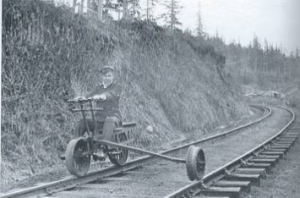
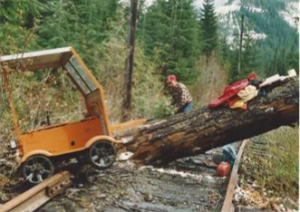
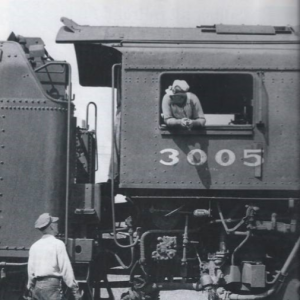
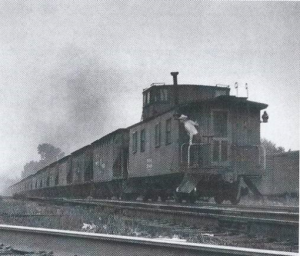
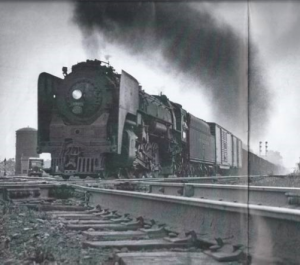
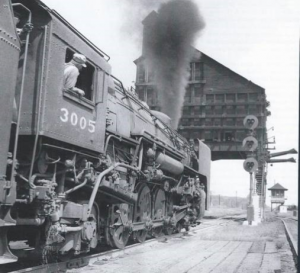
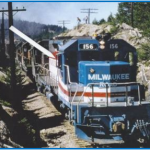
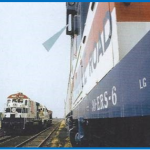

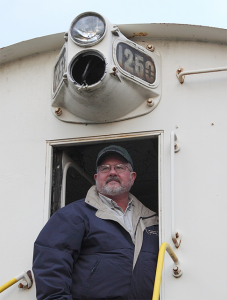
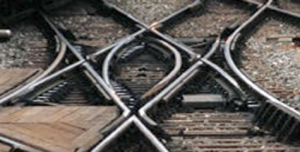
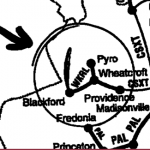
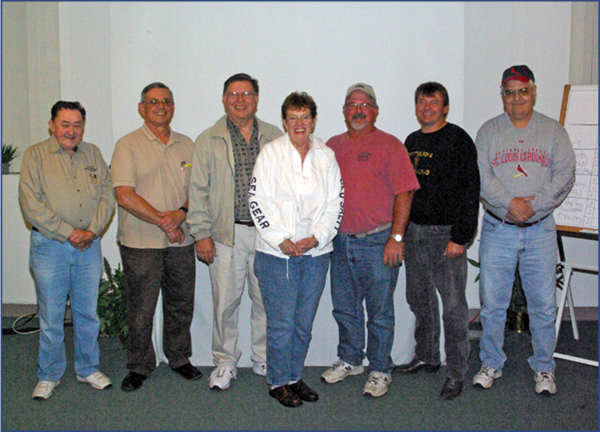

 In March of this year my wife and I were returning to Madisonville from our trip to Phoenix, Arizona and decided to stay a night at the La Posada Hotel in Winslow, Arizona. Members Don Clayton and Wallace Henderson had recommended this lovely place to me and I value their judgment because of their vast experience in traveling.
In March of this year my wife and I were returning to Madisonville from our trip to Phoenix, Arizona and decided to stay a night at the La Posada Hotel in Winslow, Arizona. Members Don Clayton and Wallace Henderson had recommended this lovely place to me and I value their judgment because of their vast experience in traveling. The hotel was designed by a lady architect, Mary Coulter, who worked on many projects for the Santa Fe and many of these are still standing such as the El Tovar Hotel at the Grand Canyon. The Southwest architecture is quite well done. There are several gardens and the grounds are very comfortable and provide a good place to rest. There are as many as 140 trains a day going by and the hotel even provides comfortable rocking chairs trackside to observe the action. There is an adjoining Amtrak station where trains such as the Southwest Chief stop. Winslow has a small rail yard and is a crew change point on the modern BNSF Railway which provides a nice opportunity for train watching as the trains stop for a few minutes before continuing their journey.
The hotel was designed by a lady architect, Mary Coulter, who worked on many projects for the Santa Fe and many of these are still standing such as the El Tovar Hotel at the Grand Canyon. The Southwest architecture is quite well done. There are several gardens and the grounds are very comfortable and provide a good place to rest. There are as many as 140 trains a day going by and the hotel even provides comfortable rocking chairs trackside to observe the action. There is an adjoining Amtrak station where trains such as the Southwest Chief stop. Winslow has a small rail yard and is a crew change point on the modern BNSF Railway which provides a nice opportunity for train watching as the trains stop for a few minutes before continuing their journey.